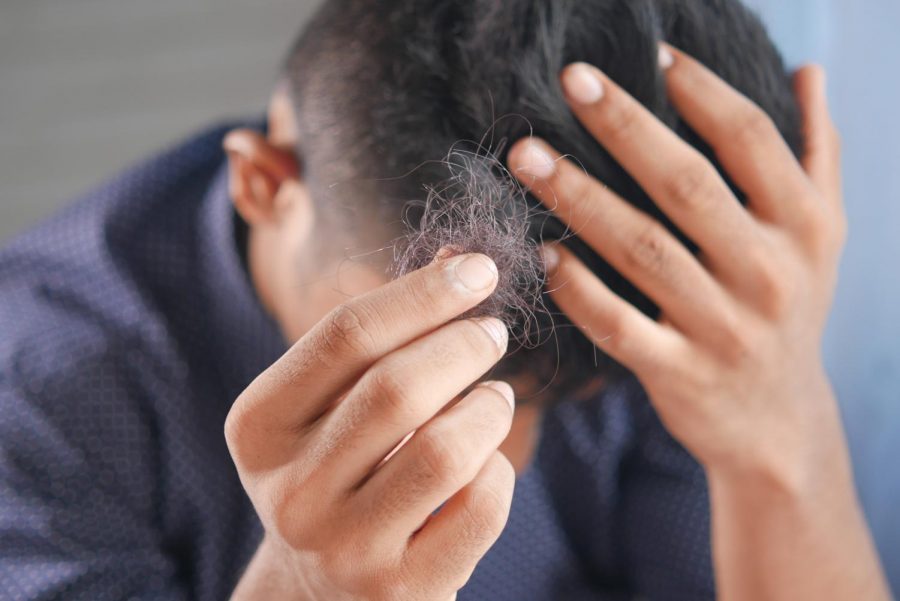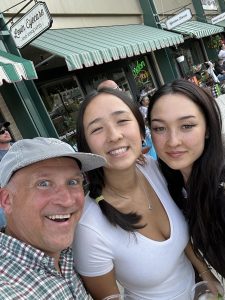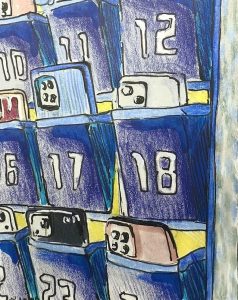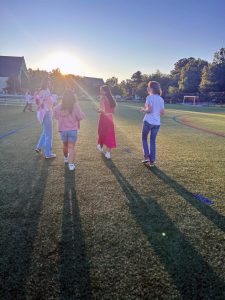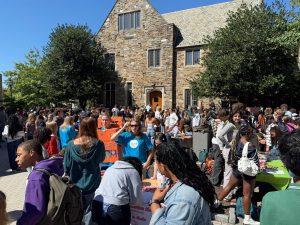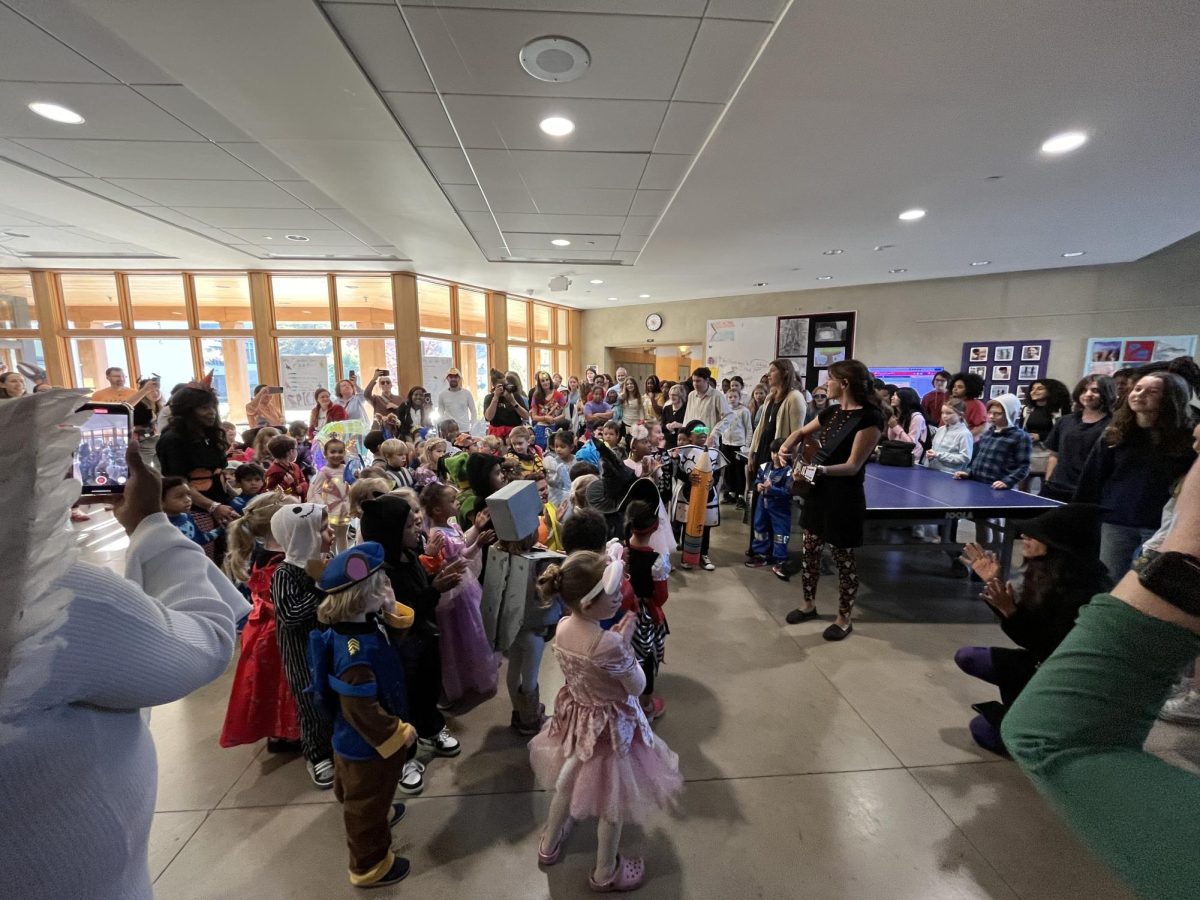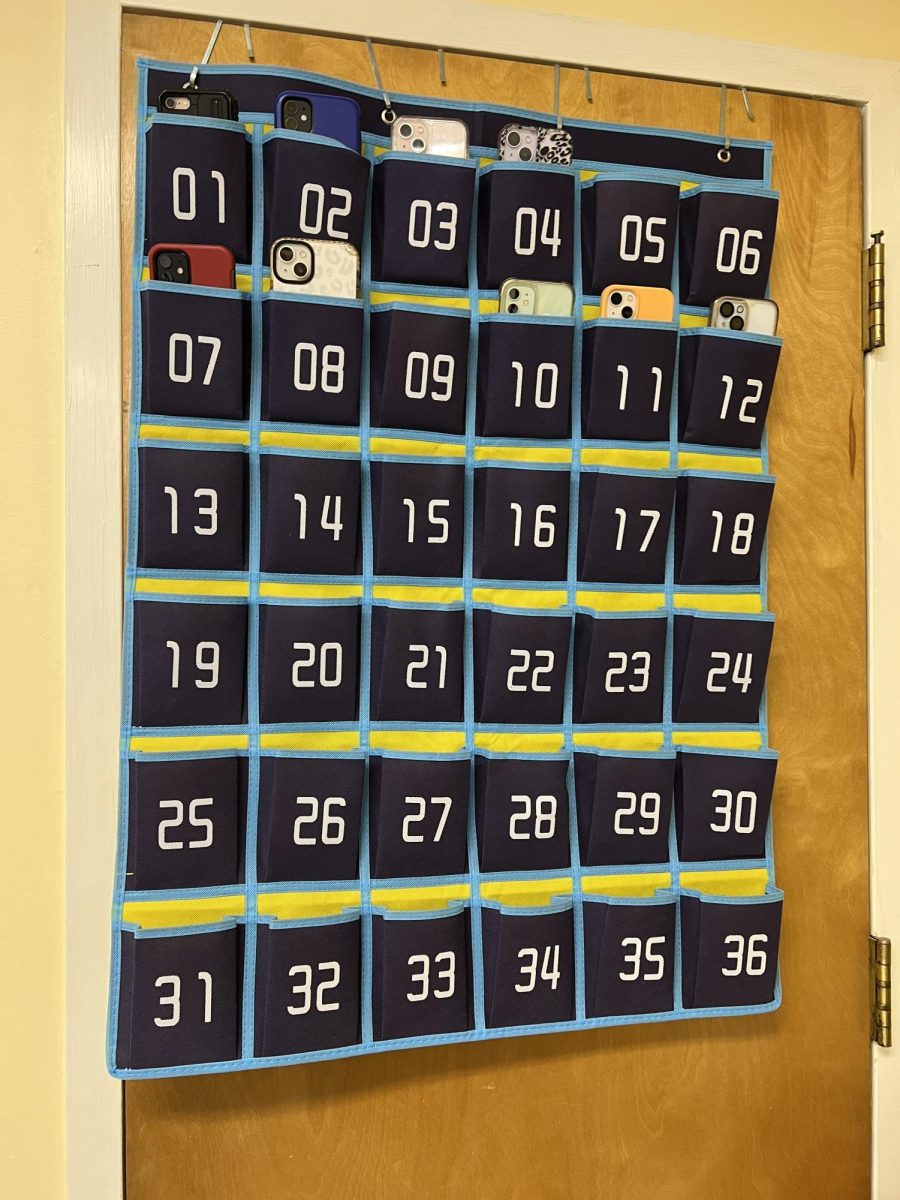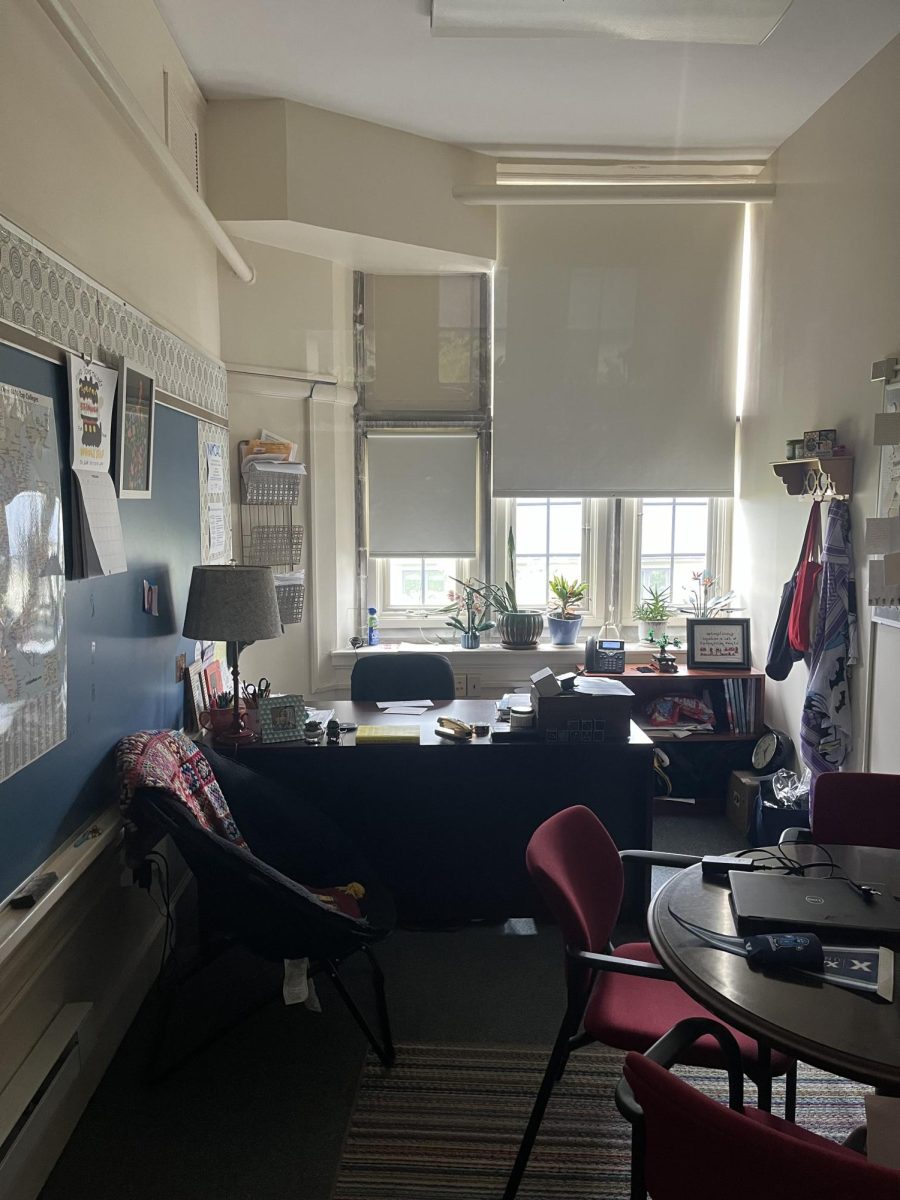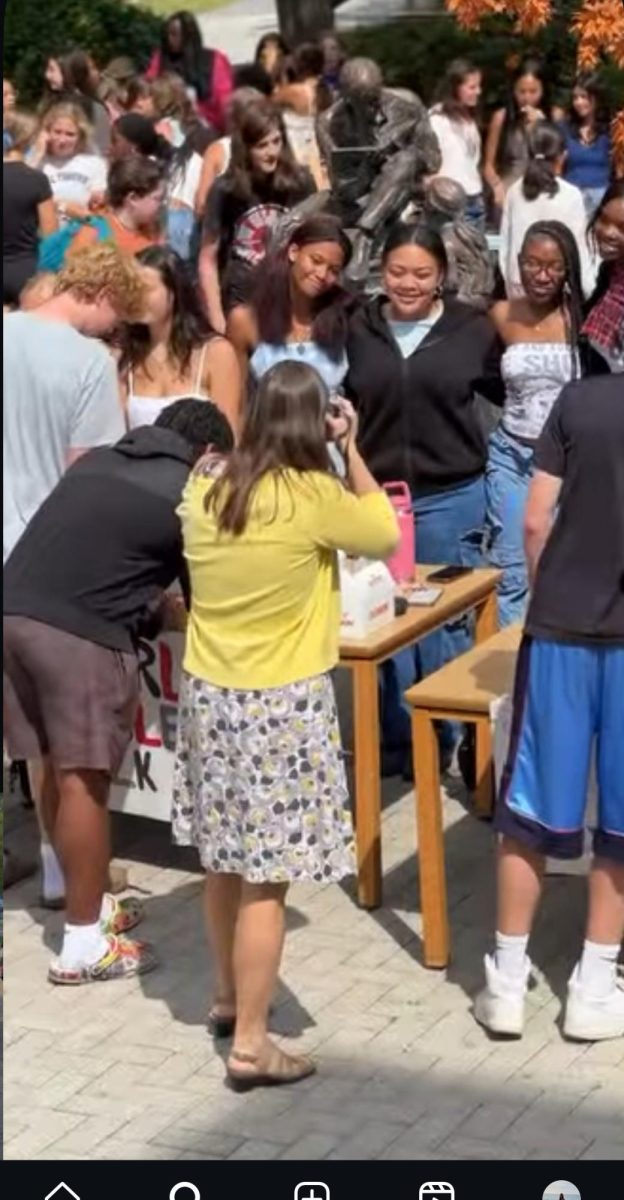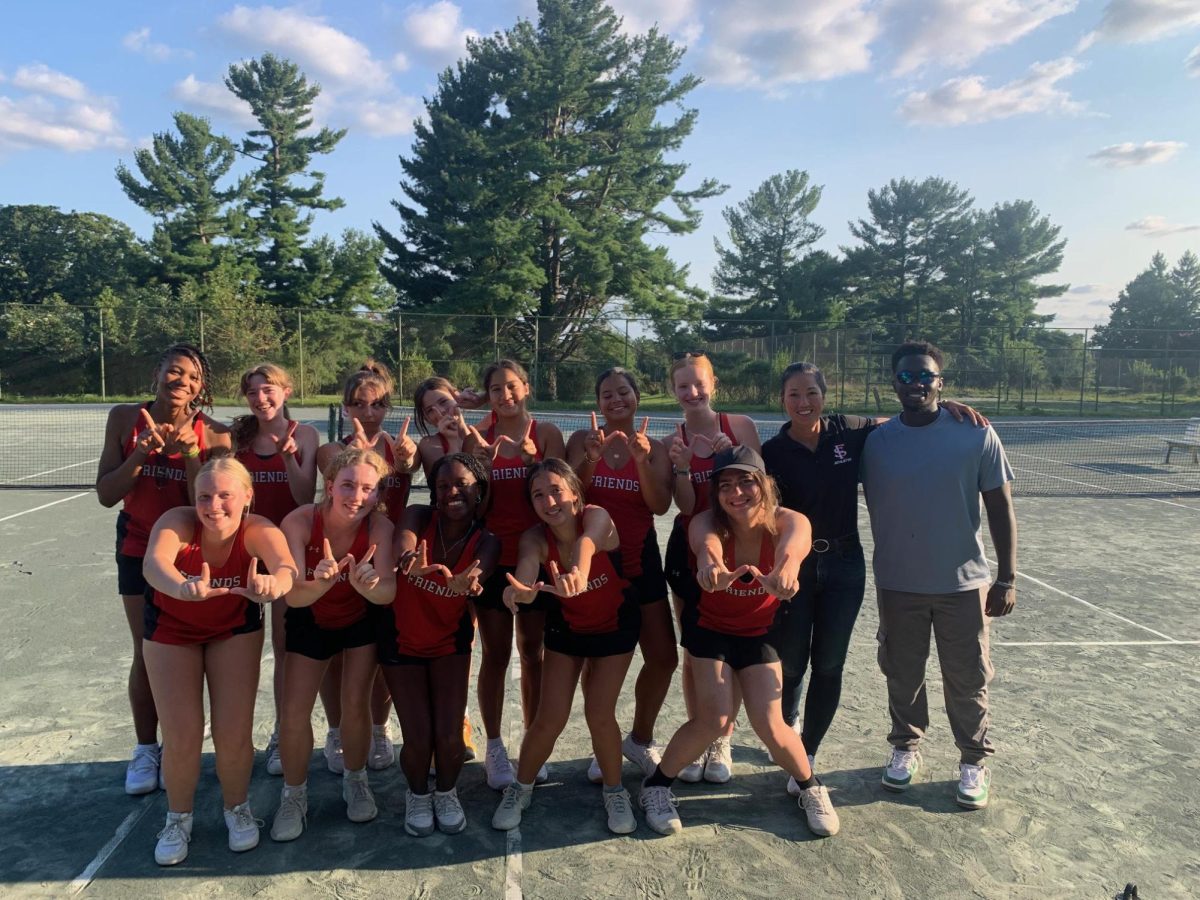The Bad Hair Day That Made Me an Activist
What would you do if you started going bald in high school?
November 17, 2019

On December 27th, I lost a third of my hair in the shower. On January 9th, my dad discovered a bald spot on my head. On January 10th, 2019, I was diagnosed with alopecia areata. That discovery would change everything, from my feelings about my body, to the causes I now fight for – all the way to Capitol Hill.
What would you do if you started going bald in high school? I remember staring at myself in the mirror after seeing my first bald spot. I cried myself to sleep that night.
I stopped looking in mirrors, and stopped letting people take pictures of me. I was ashamed. I was losing something that was a big part of my identity – and I didn’t know why.
Alopecia areata is an autoimmune disorder caused by a person’s immune system attacking itself. In this case, my body was attacking my hair follicles.
My parents and I did everything to find a treatment that might help. We talked to 11 doctors in two countries, and tried steroid injections, a variety of medications, topical foams, and even oral steroids. These calmed my immune system temporarily, but had other side effects: weight gain, constant fatigue, and severe headaches.
None of my doctors agreed on what to do – or even what my official diagnosis was. One told me to wait until I was completely bald to seek further treatment.
While some people find beauty in their alopecia and embrace their baldness, I am so attached to my hair. The thought of not having anything to put in a ponytail for a skating practice or hair to brush every morning brings me to tears.
After weeks of searching, my doctor from Columbia University recommended a drug. It was not FDA-approved for my condition, but it had successfully regrown some patients’ hair.
With no other options, I started the expensive medicine. Slowly, I stopped losing hair. Then, incredibly, some started growing back.
Alopecia is much more common than people think. It affects around 147 million people worldwide, according to the National Alopecia Areata Foundation, and about 6.8 million in the US alone.
In our Friends School community, four people have or have had alopecia that I know of: myself, 10th grader Elle Russinoff, Director of Technology Jennifer Robinson, and Shaun Munroe in Admissions.
I spoke with Elle, who has been dealing with alopecia since last year.
“I was panicked and super confused at first,” she said. “When I lost the most hair, it came out in the front, and I came out of the shower right away and broke down. I felt unpretty.”
We talked about how scary it is to shower now – and about how our sense of beauty changed once our hair started falling out.
“I felt most beautiful when I wasn’t wearing a scarf or anything on my head,” says Elle. “It made me forget I was losing my hair, and then I would look in a mirror and be reminded right away.”
We talked, too, about our challenges with treatment.
“There is so much that’s unknown,” Elle says. “I had a doctor tell me I was brushing it out, and it made me feel like it was my fault, when it isn’t.”
Ms. Robinson and I discussed the time in her early 30s when she had a bald spot due to alopecia. It happened around the same time she was having other health issues, which is common.
I also spoke with Mr. Munroe, who lost all the hair on his body when he was young. He said he accepted his hair loss as part of his life, and never looked into treatment. He also talked about how different his situation is from mine, since losing hair as a woman usually has a different social significance than when a man loses hair. Now, an inch of thick new hair covers my head. I don’t shy away from mirrors anymore, and my only problem with pictures is the little sprouts of hair that stick up all over my head.
There are still struggles. I am working to accept that I need a medication to prevent my body from hurting itself. I live with the knowledge that tapering off this drug could leave me bald in days. Additionally, the fact that my medication isn’t covered by insurance (since it’s not yet FDA-approved for my condition) means constant fights with my insurance company over whether my family should have to pay thousands of dollars a month for 60 pills.
But now that I can look back with a little distance, I realize how resilient I was last winter and spring. I was missing school for doctors appointments, skating on a figure skating team that was preparing to compete internationally, and balancing a full course load. My hard work paid off, and I came out the other side with a treatment, a place in the International Selection Pool to represent the US internationally with my teammates, and grades I was proud of.
I’ve tried to now turn my energy to helping others. In September, I traveled to Capitol Hill with the National Alopecia Areata Foundation. Three other women and I talked to congressional staffers, advocating that hair enhancements and wigs be covered by insurance for anyone living with medical hair loss. We also argued that the National Institute of Health should receive more funding to research this disease.
I believe advocacy around this disease is so important. Many people have it and don’t know it. Others who know they have it often don’t know what to do. I’ve heard of people quitting their jobs, not interacting with others, and becoming depressed. It is such a traumatic disease to have, and I’m grateful to be able to use my experience to help others.

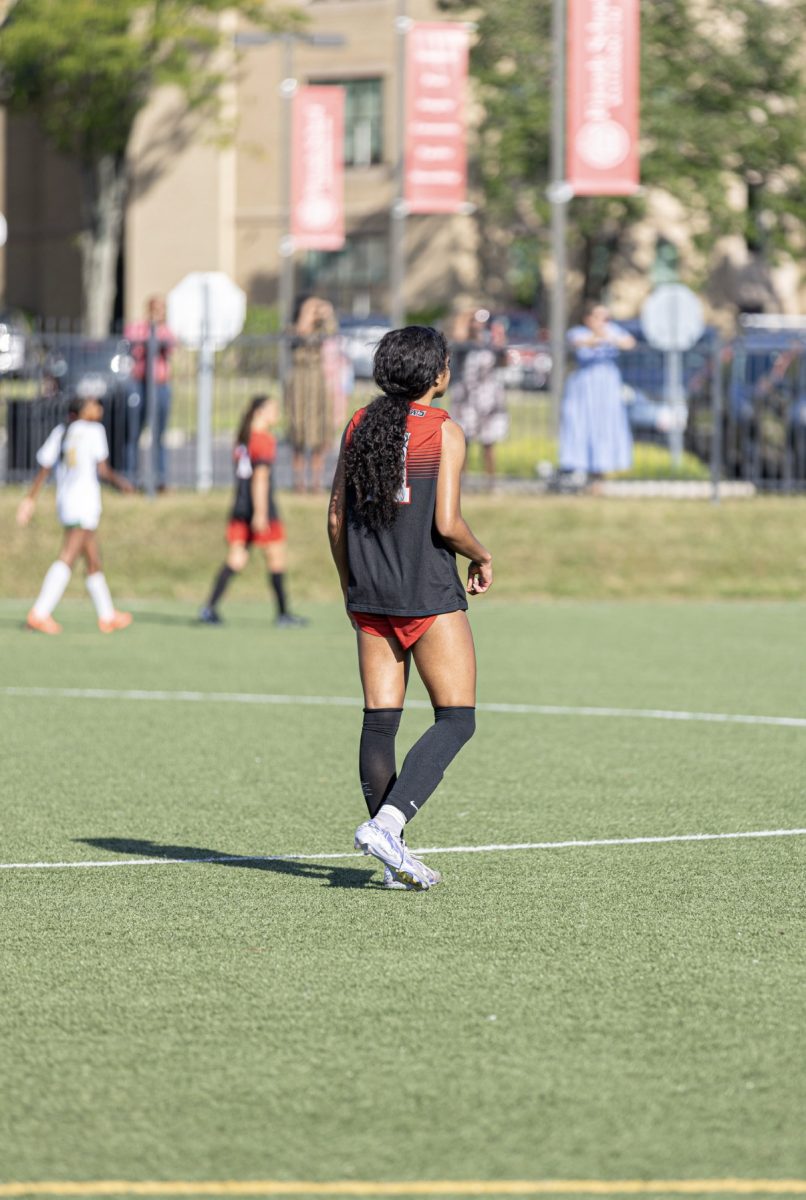
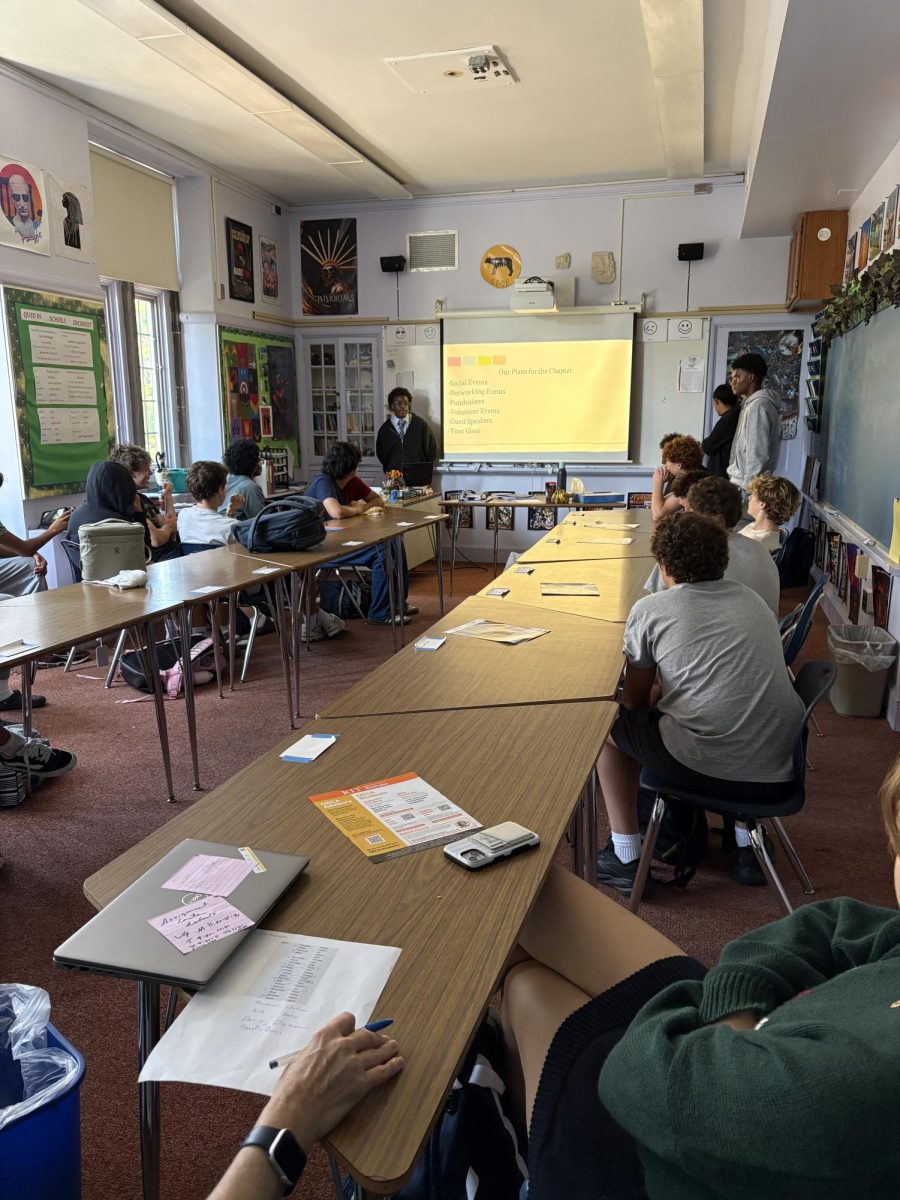
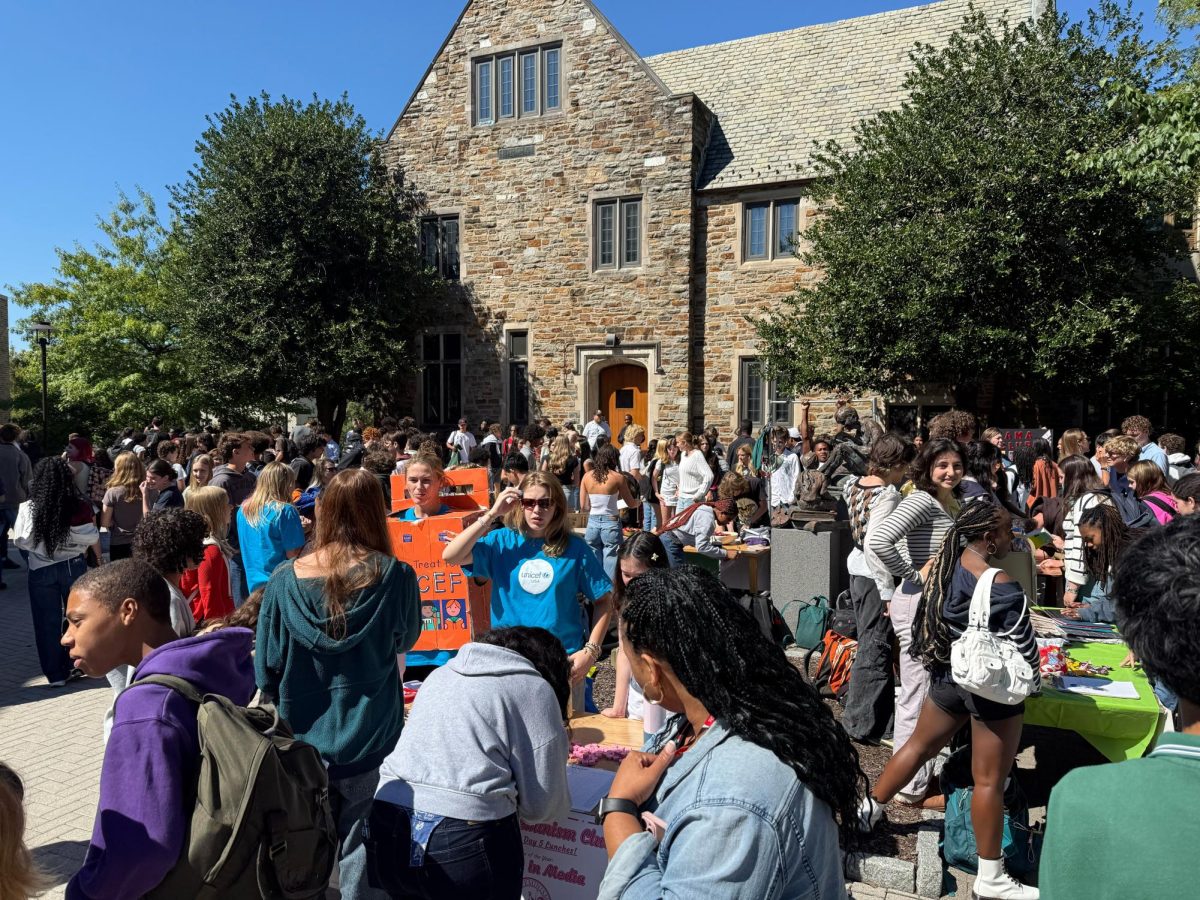
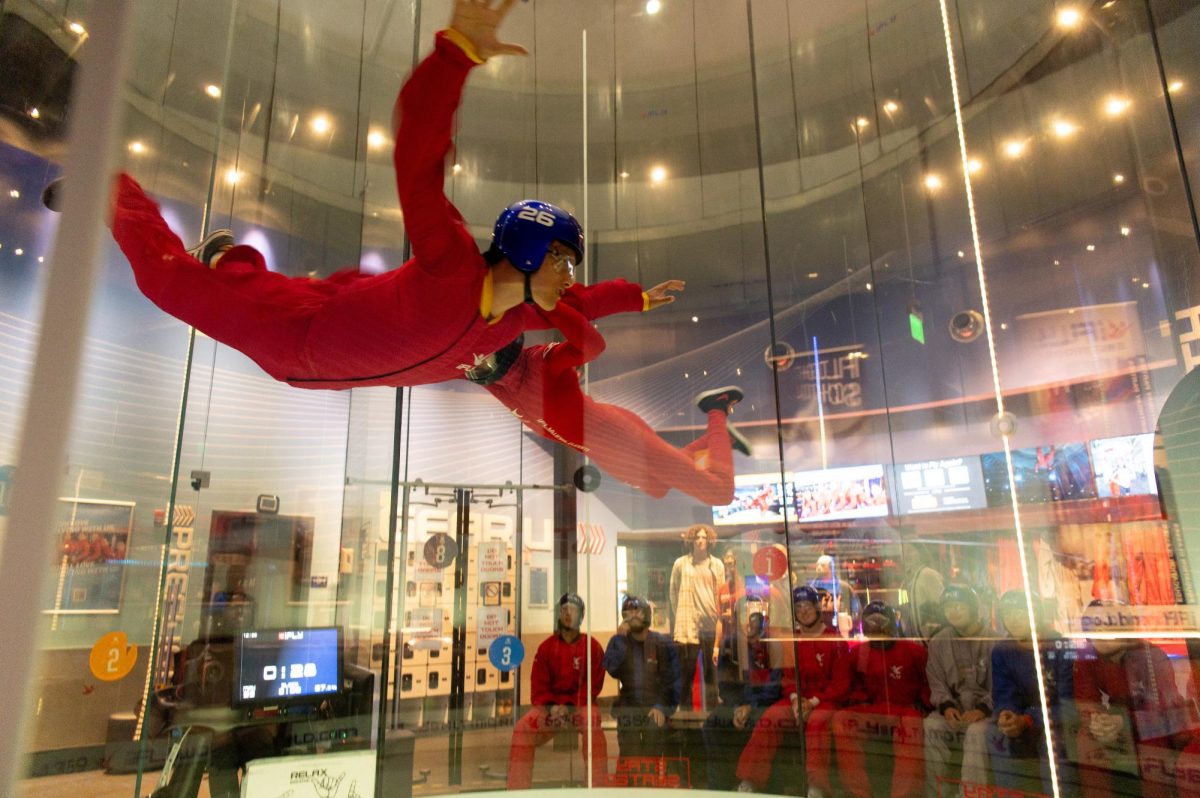
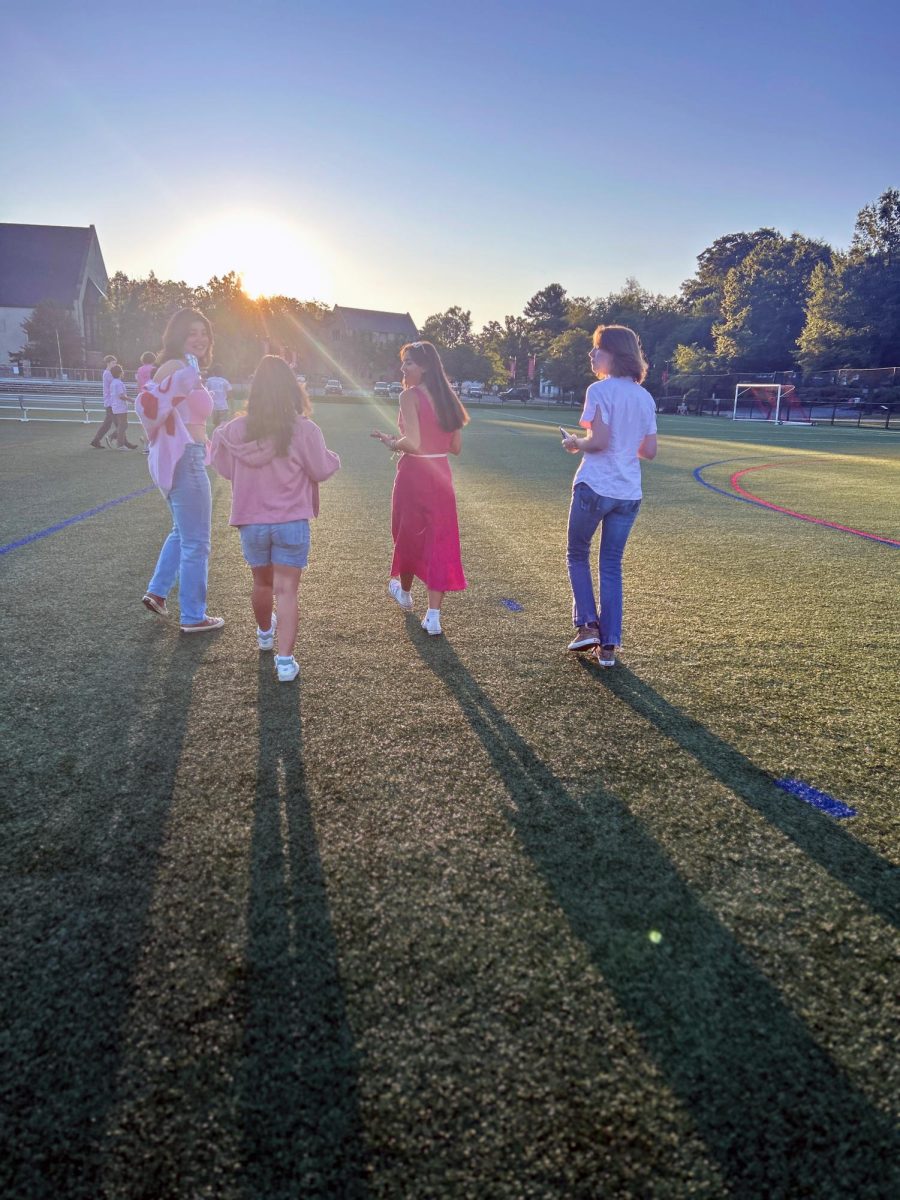
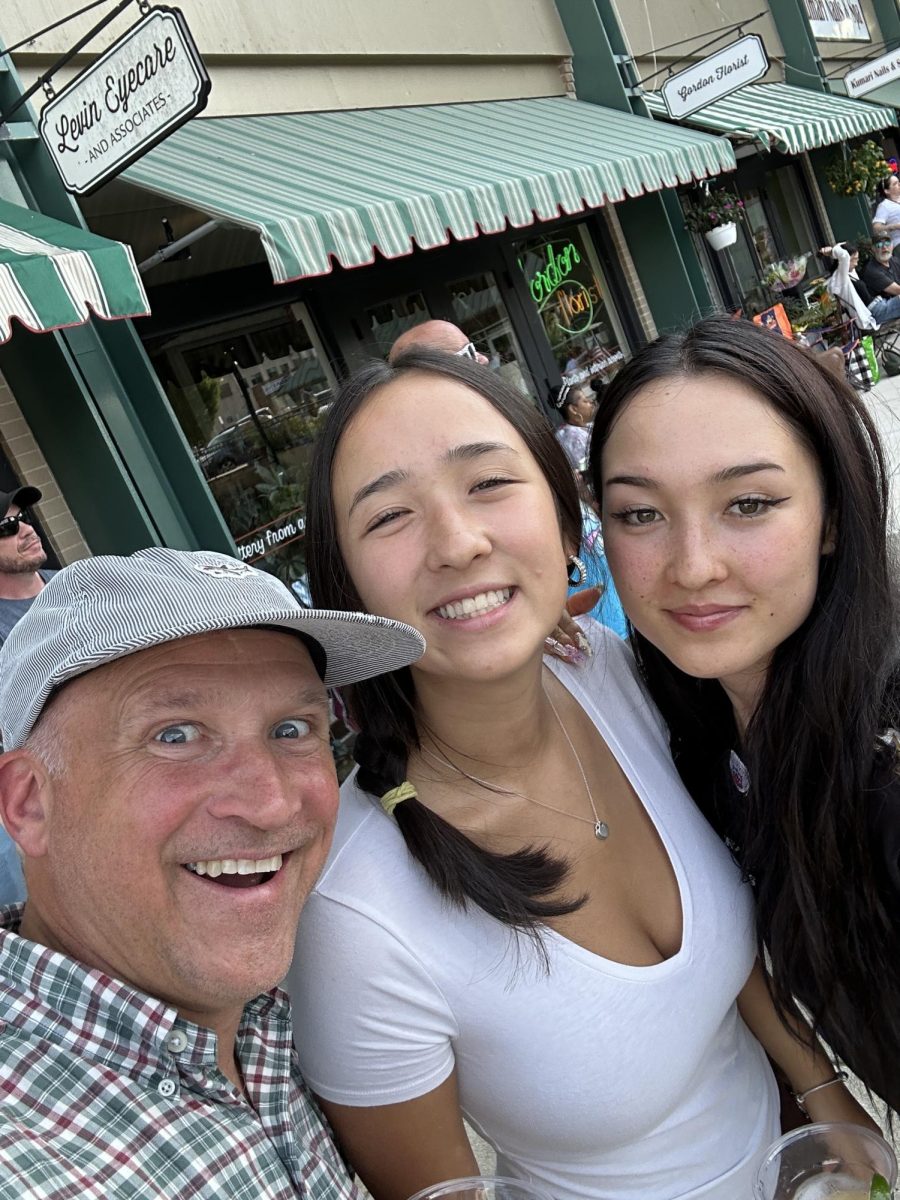
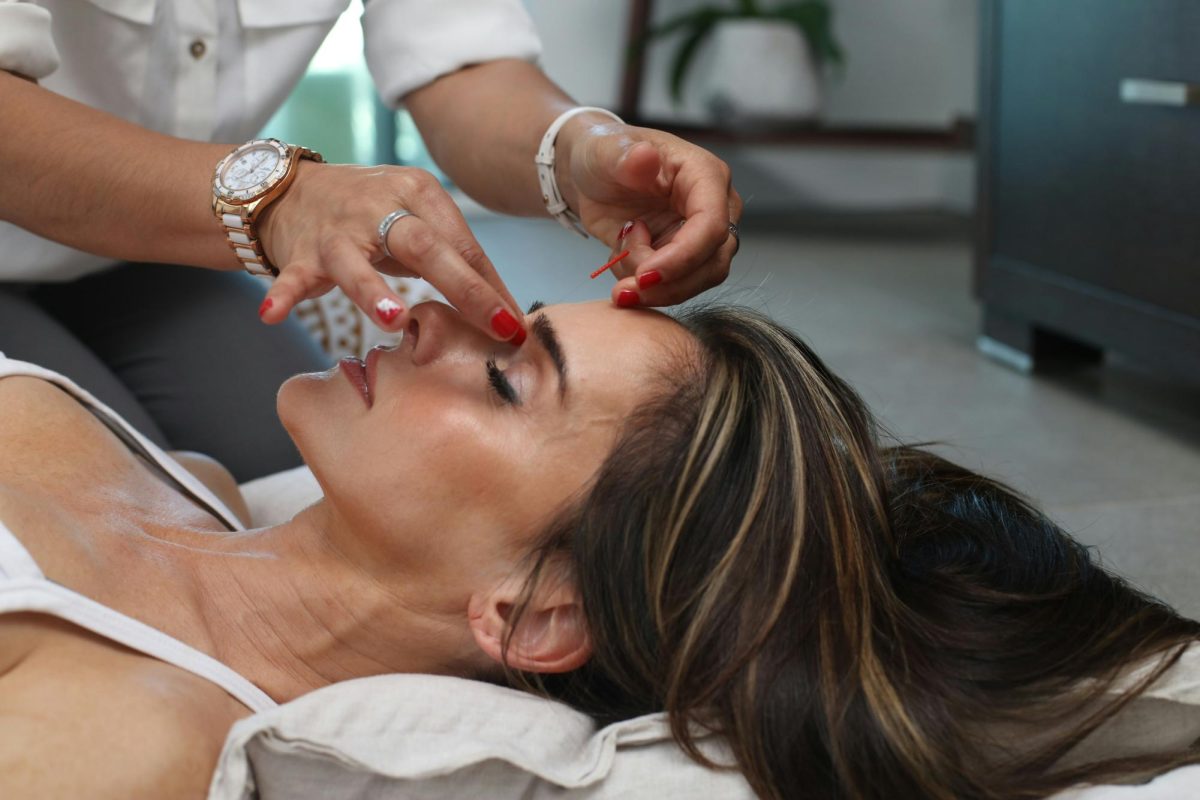


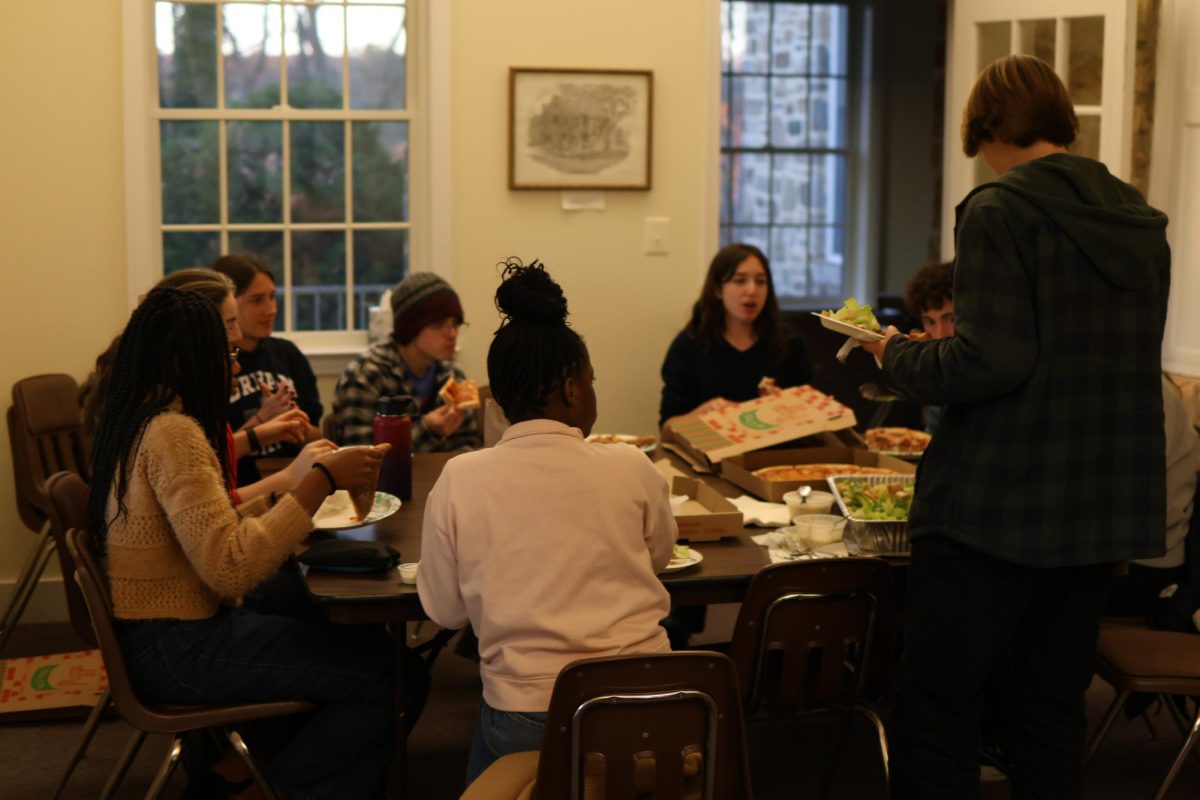

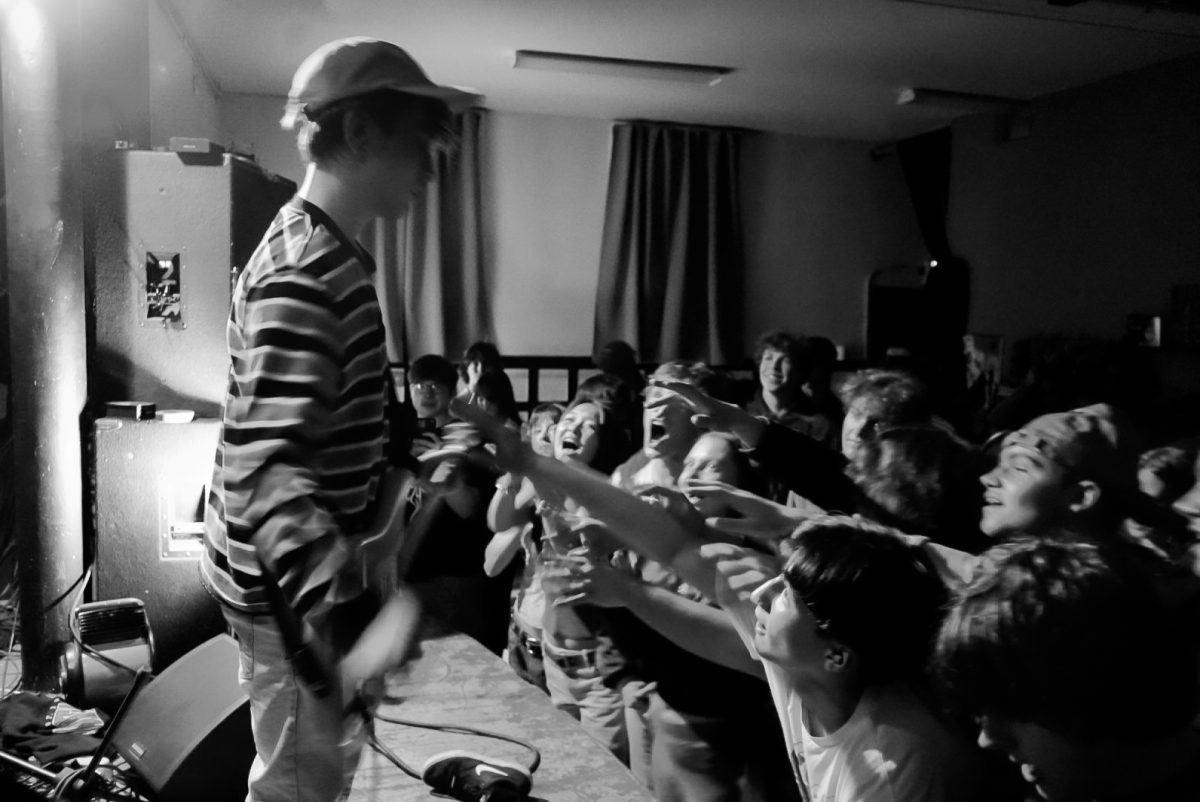
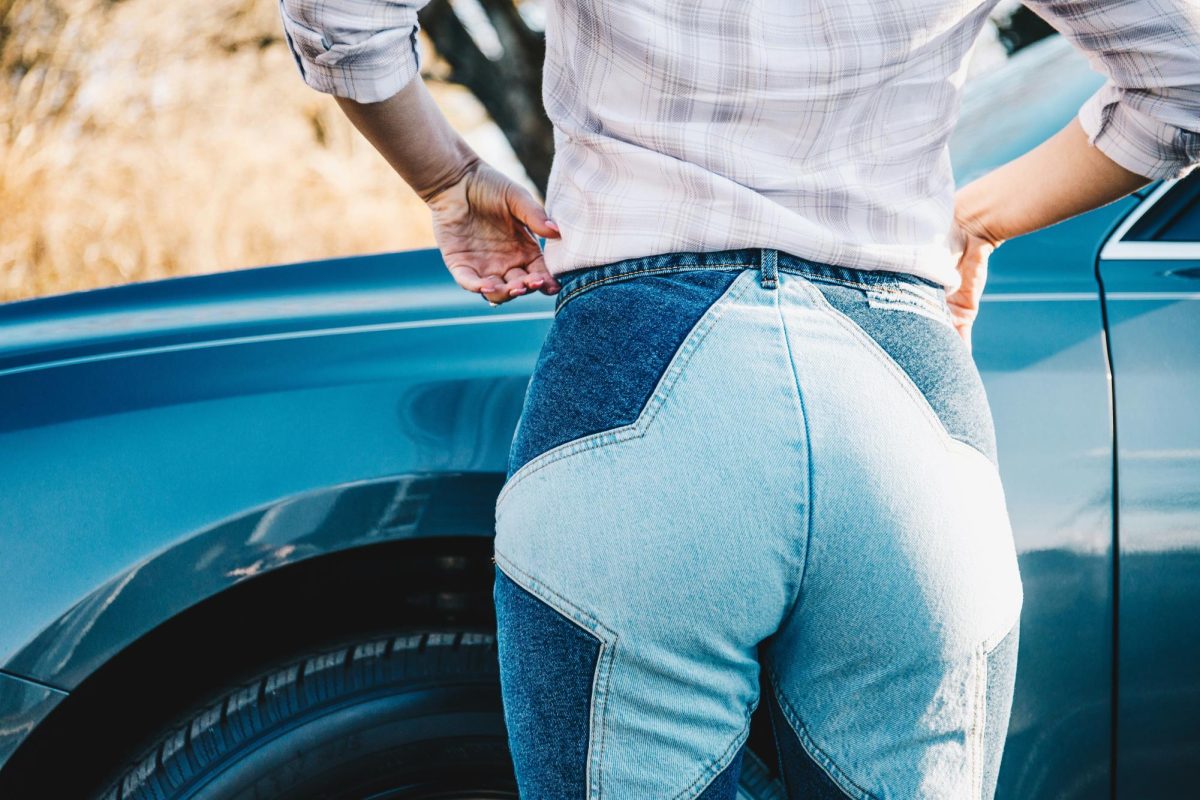
![How Freestyle Club Began [Podcast]](https://thequakerquill.org/wp-content/uploads/2025/05/charly-alvarez-Jv9untmB7G4-unsplash-1200x800.jpg)
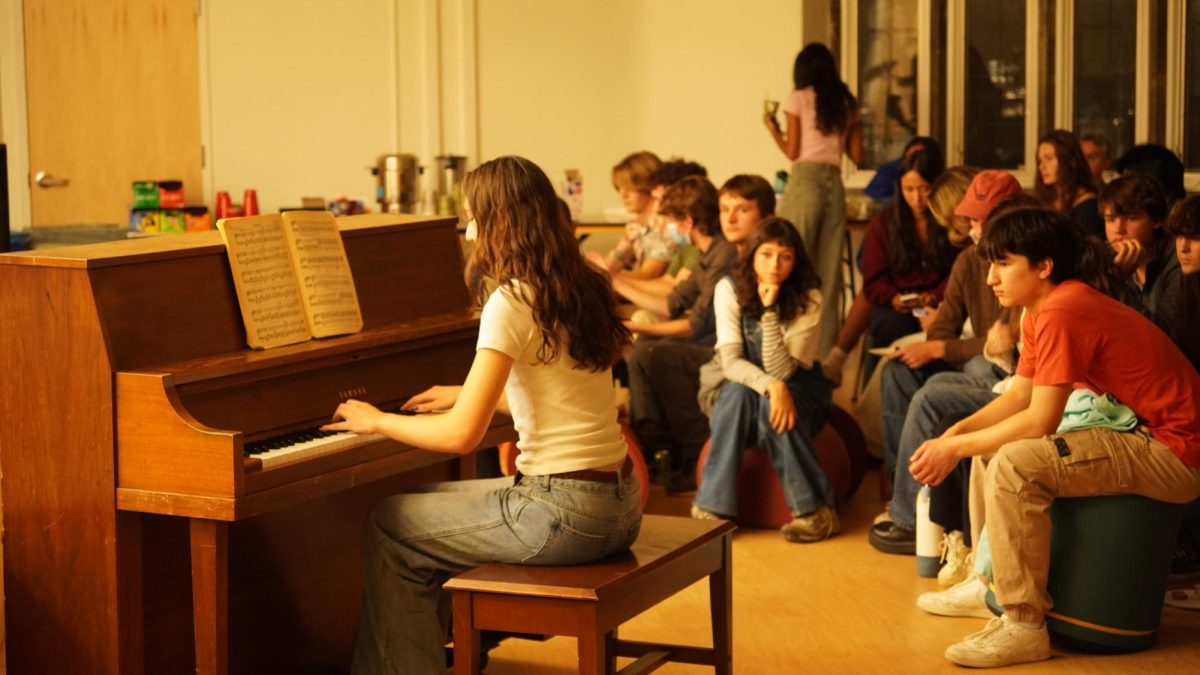
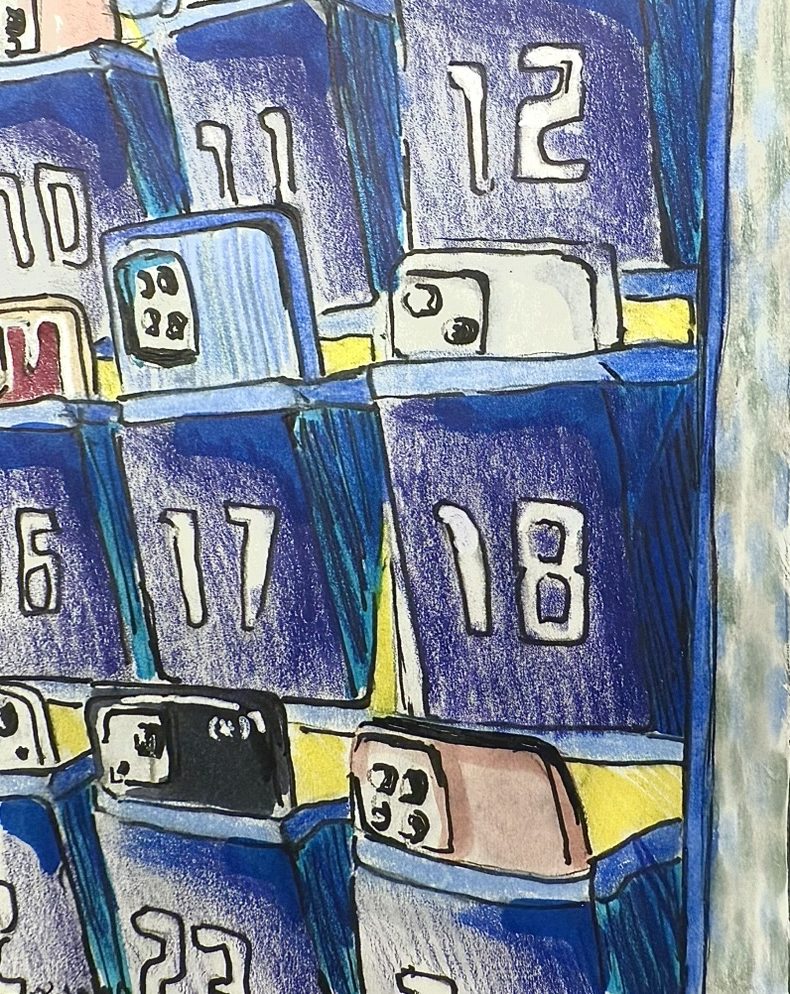
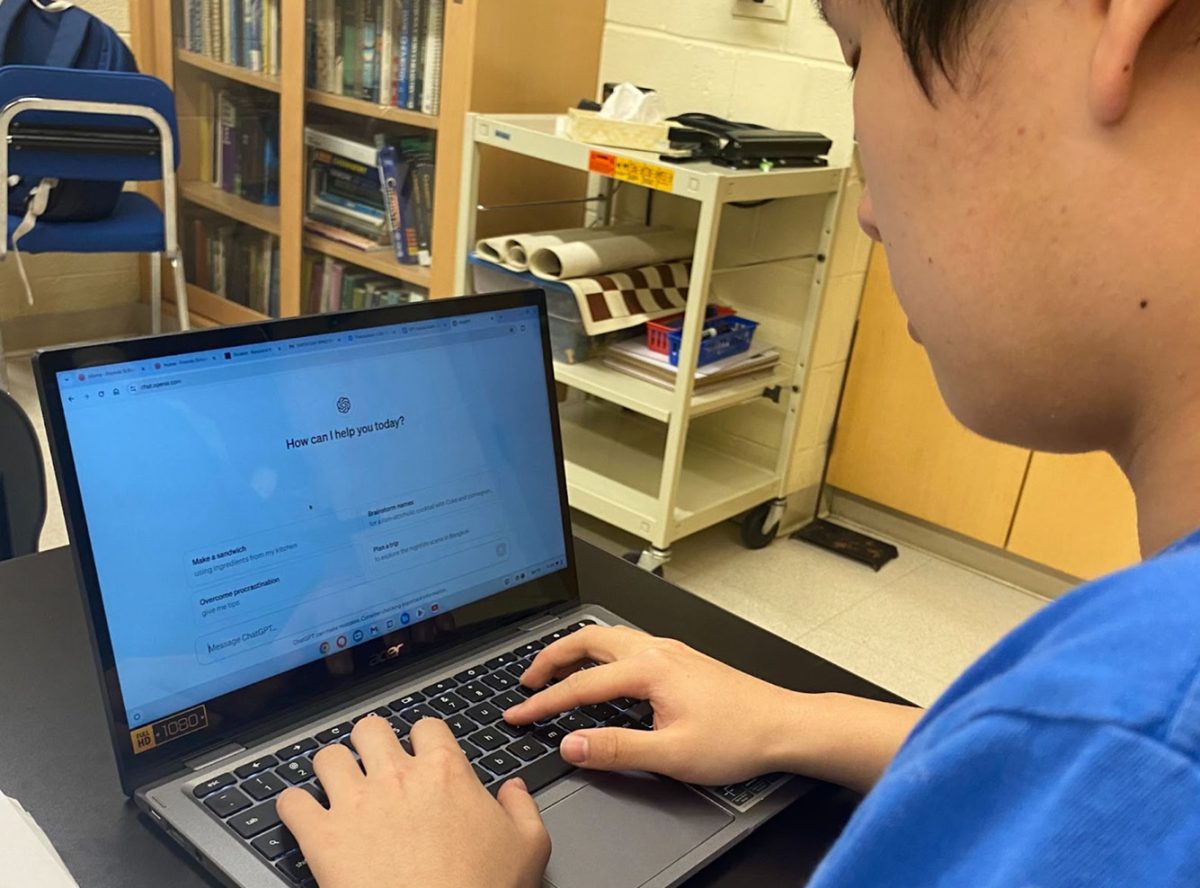
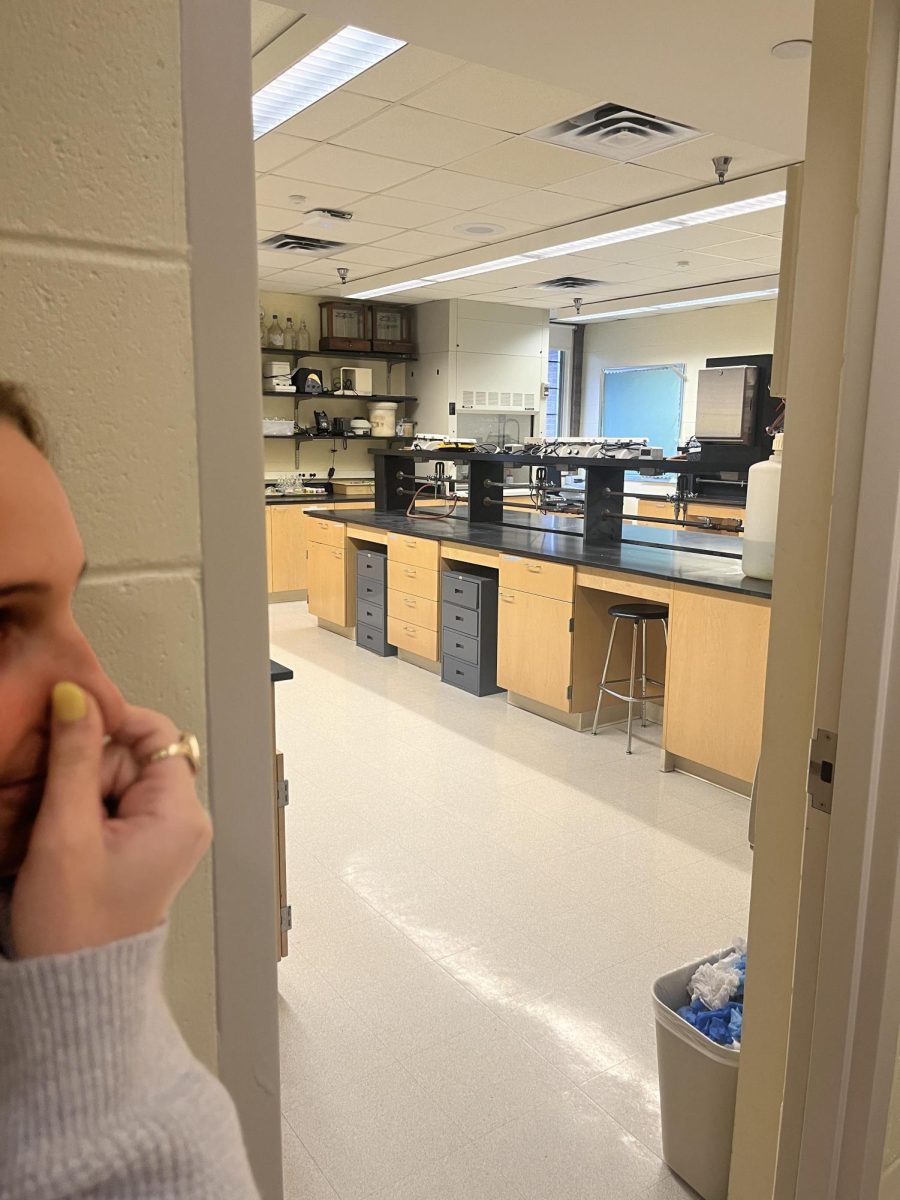



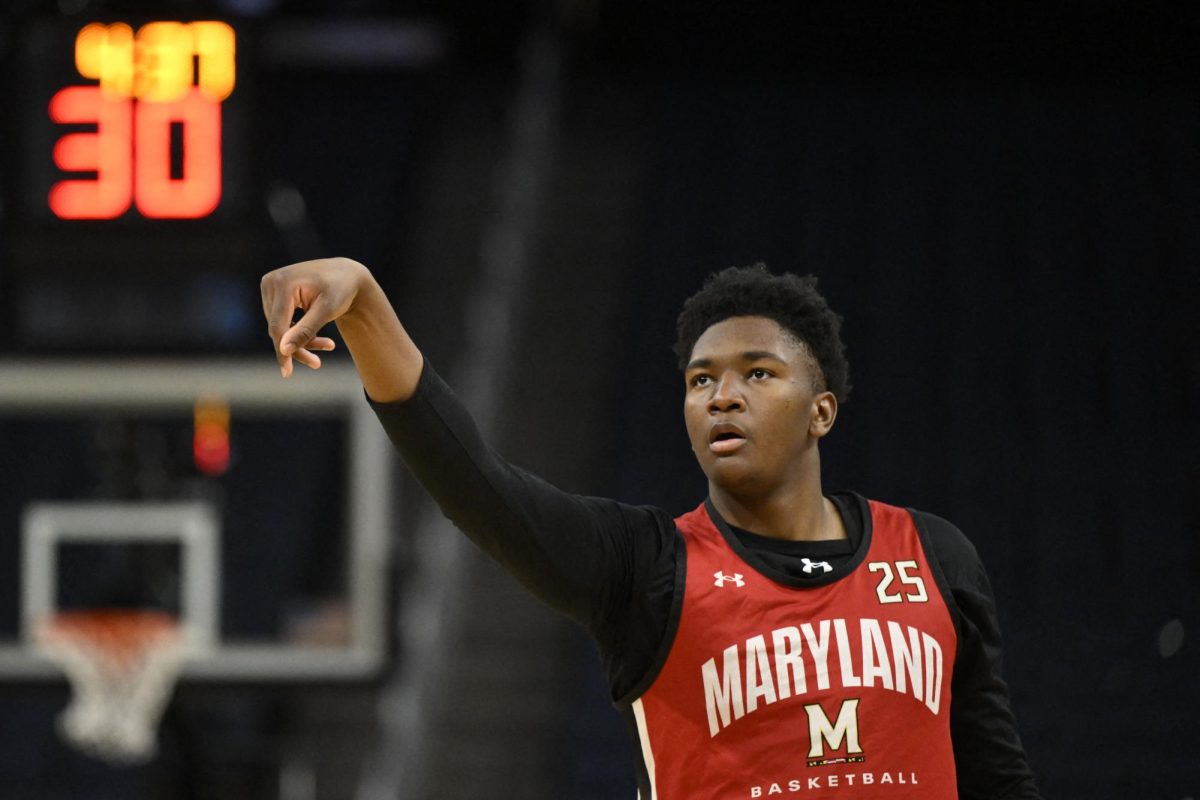
![What makes you feel good about yourself? [Podcast]](https://thequakerquill.org/wp-content/uploads/2025/10/madison-oren-uGP_6CAD-14-unsplash-1200x800.jpg)

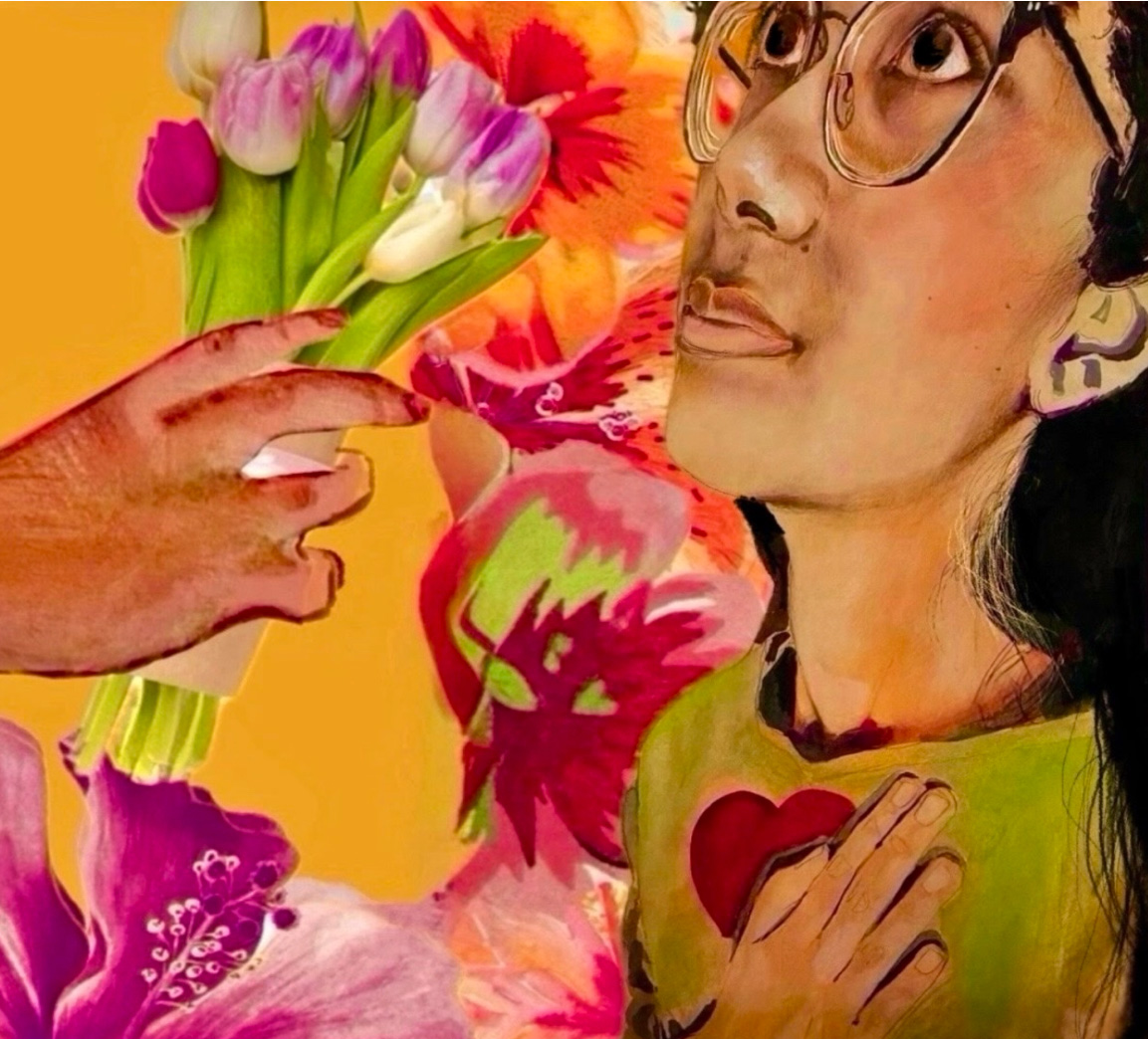


![A Phone Ban at Friends? [Podcast]](https://thequakerquill.org/wp-content/uploads/2025/05/magenta-VrRT19_ZjUY-unsplash-1200x900.jpg)
